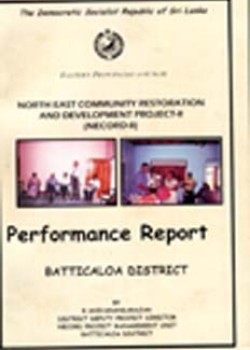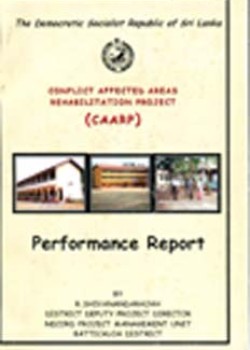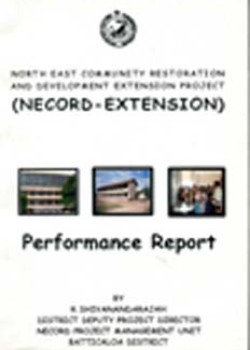Diversification of Paddy Lands in Yala Season
Causes Consequences and Constraints
Author : Weerakkody, P.R., Kumara, S.K. and Epasinghe, S.
Publisher: Hector Kobbekaduwa Agrarian Research and Training Instiute (HARTI)
Place of Publish: Sri Lanka
Year: 2013
Page Numbers: 59
Series: Research Report No: 155
Acc. No: 4517
Category: Books & Reports
Subjects: Agriculture
Type of Resource: Monograph
Languages: English
ISBN: 978-955-612-151-3
The national economic development policy which placed an increasing emphasis on the development of food crop sector has envisaged an accelerated growth in this particular sector. Given the circumstances that shortage of cultivable land is a key constraint to achieve the targets, utilisation of seasonally under and unutilised paddy lands is one of the alternative strategies for the production of other food crops. This study reveals causes, consequences and constraints of crop diversification of paddy lands during the Yala Season from a socio-economic view point. The study also emphasises three important aspects. First it shows the need for technical research and availability of quality seeds and marketing strategies to improve the productivity and profitability of diverse cropping systems that can be operated in paddy lands during the Yala season to attract and encourage farmers to allocate more paddy lands for the production of other crops. Secondly, the study reveals the importance of having the fullest involvement by extension in organizing and educating farmers to operate low land cropping systems. Finally, it mentions that import and pricing policies have a large stake in the production decision of other field crops in general. The lessons learnt from this study stresses the fact that more organized programmes would lead to an enormous success in other field crop production in paddy lands.



